Ancient Indian Panchakosha System to Raise Emotionally and Mentally Strong Kids
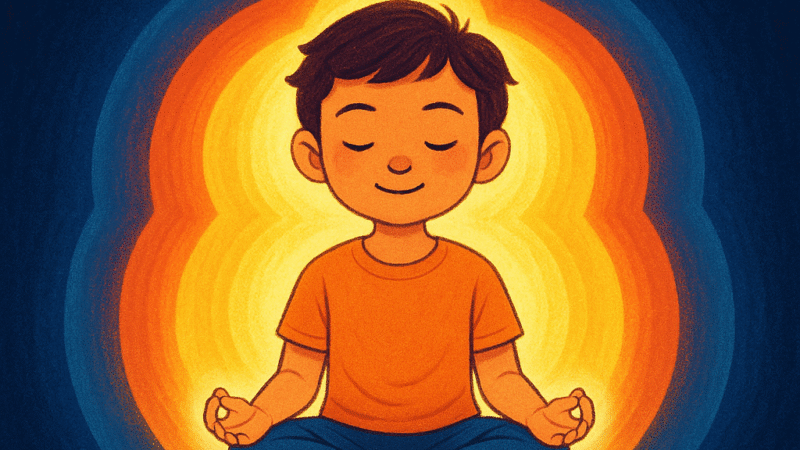
If someone give you a flower today, what would you do with it?
You might smell it or decorate your space with it. But if I hand that same flower to a small baby, they’ll likely put it in their mouth or even start eating it.
Why do they do that?
That very child who once tried to eat everything starts running away from food as they grow older. You begin chasing them just to get them to eat a proper meal. And the same child who once ate even after scoldings, reaches an age where a single reprimand leaves them so affected they refuse to touch the food you’ve given. There’s a hidden mystery behind this change.
This mystery was decoded thousands of years ago by our ancient sages. Based on that understanding, the structure of Gurukul education was created in India—to turn children into superintelligent beings. The principle was so effective that it was later adopted and implemented even by European countries like Germany in developing their own education systems.
Welcome to this discussion on the deep study of the Panchakosha principle—the same principle that formed the foundation of Vedic education and turned every child of India into an exceptional intellect.
What is Panchakosha – The Five Layers of Human Existence?
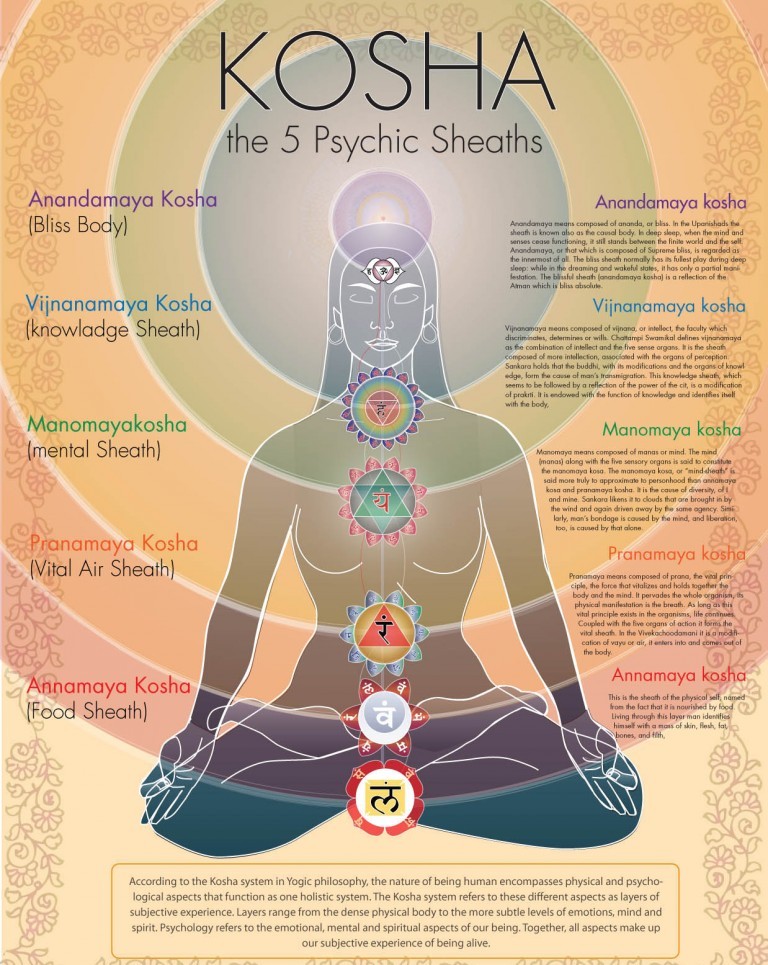
In our Sanatan Dharma, it’s believed that the human body is made up of five Kosha (layers):
Annamaya Kosha – The food sheath (physical body)
Pranamaya Kosha – The energy sheath (life force)
Manomaya Kosha – The mental sheath (mind and emotions)
Vijnanamaya Kosha – The intellect sheath (intelligence)
Anandamaya Kosha – The bliss sheath (pure joy or creative consciousness)
These five sheaths represent increasingly subtle layers of existence. Let’s explore them one by one with insights from ancient texts.
Annamaya Kosha – Why Children Put Everything in Their Mouths
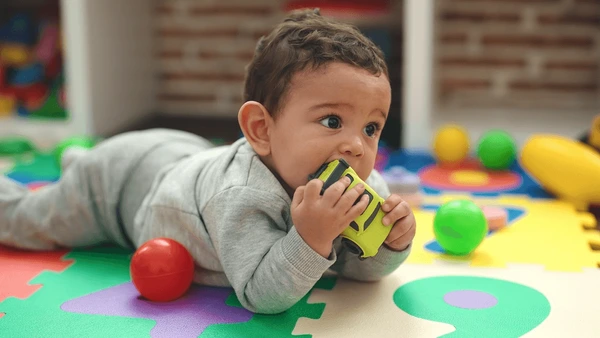
When a child is born, all five Koshas exist but develop at different ages. In early childhood, Annamaya Kosha, the physical body layer, is most dominant. That’s why toddlers try to put everything in their mouths—they’re developing physically, and their other layers haven’t matured yet.
The body is like a robot that needs the right fuel—nutrition, rest, and care. That’s why it’s essential to feed children Sattvic food, avoid exposing them to loud sounds, overly bright visuals, or strong flavors. These stressors disrupt the development of Annamaya Kosha. But unfortunately, we hand over mobile phones, feed pizza and jalebi to toddlers—errors that hurt not just their body but their energy and mind too.
Pranamaya Kosha – The Life Force Behind Every Move

In the ancient Taittiriya Upanishad, there’s a story of Bhrigu, who asked his father Varuna about the nature of Brahman (Supreme Reality). After deep contemplation, Bhrigu first concludes, “Brahman is food (Anna),” to which Varuna replies he’s not yet fully right.
Upon returning after further penance, Bhrigu realizes, Brahman is Prana—the life force. Every being is alive because of Prana, and when one dies, Prana dissolves into the cosmos.
By this stage in a child’s life (around 5–6 years), the Pranamaya Kosha becomes dominant. They’re less interested in food and more eager to run, play, and expend energy. This is the age to introduce them to yoga, Surya Namaskar, physical activities, and musical instruments. If this energy isn’t channeled positively, by the age of 12 or 13, children may become irritable and restless.
Manomaya Kosha – The Mind and Emotional Turbulence

In his third realization, Bhrigu believes, Brahman is the Mind, as it controls actions even more than the body or breath. Once again, his father Varuna guides him to continue his search.
The Manomaya Kosha becomes dominant around ages 11–13. This is when children become emotionally reactive, rebellious, and stubborn. Earlier, they would obey despite scolding; now they argue or outright disobey. This is because the Mind becomes so powerful that it overrides the body and energy.
This is the age to teach discipline, value of money and time, service, and devotion. A wellbalanced Annamaya and Pranamaya Kosha makes it easier to develop the mind. Without that balance, emotional intelligence suffers, poor decisions are made, and the child may carry trauma into adulthood.
Vijnanamaya Kosha – The Power of Reason and Intellect

Bhrigu returns again and now says, Brahman is Intelligence—the very decisionmaking power that shapes life. Varuna still encourages deeper contemplation.
By ages 16–20, Vijnanamaya Kosha becomes dominant. This is when rational thinking, questioning, and logic emerge. Children begin to debate, demand answers, and look at the world through the lens of critical reasoning.
This is the perfect stage to introduce debate, scriptural analysis, experimentation, and scientific inquiry. Teach them how to discern truth from myth. A sharp intellect, combined with emotional maturity and energy balance, can make any child excel in their chosen field.
Anandamaya Kosha – The Bliss of Creation
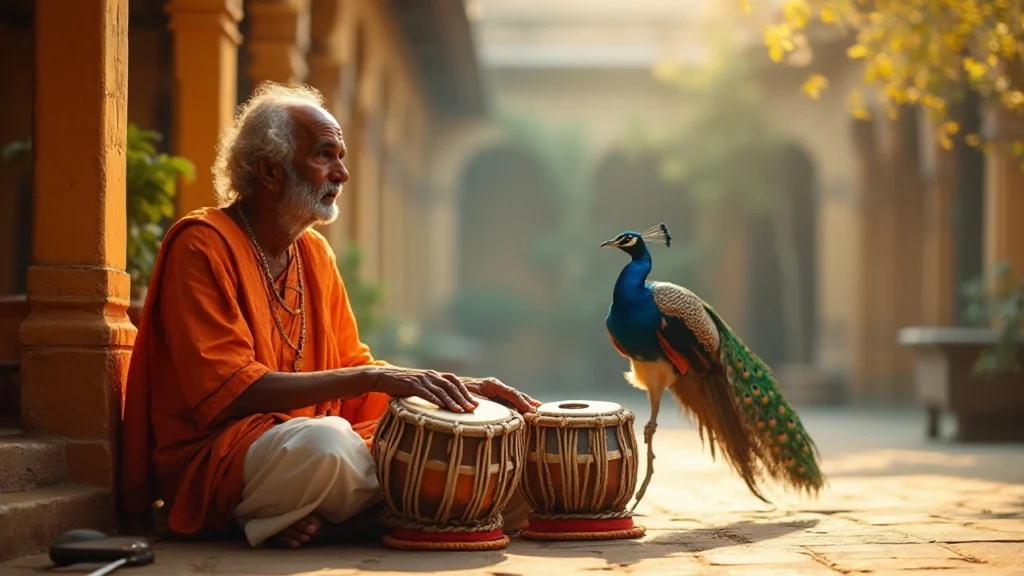
Finally, Bhrigu attains full realization: Brahman is Bliss (Ananda). Creation begins from bliss, sustains through it, and dissolves into it. His father Varuna confirms he has now understood the true nature of Brahman.
The Anandamaya Kosha is the most subtle layer. It’s not bound by logic or even intellect. It’s the source of creativity and intuition. Why do you enjoy sunsets or certain music?
That joy doesn’t come from logic—it comes from Ananda.
True creators—artists, entrepreneurs, visionaries—operate from this layer. Gurukuls understood this deeply. Early years were spent memorizing without questioning. Logic and meaning were taught later. Only after developing all four layers would a student reach the state of Anandamaya Kosha and begin creating something original and pathbreaking.
This is the reason why Gurukuls didn’t focus on creativity from day one, unlike modern education. First, a student must absorb the wisdom of the past, then express their own.
Bringing It Back: The Role of Shikshanam
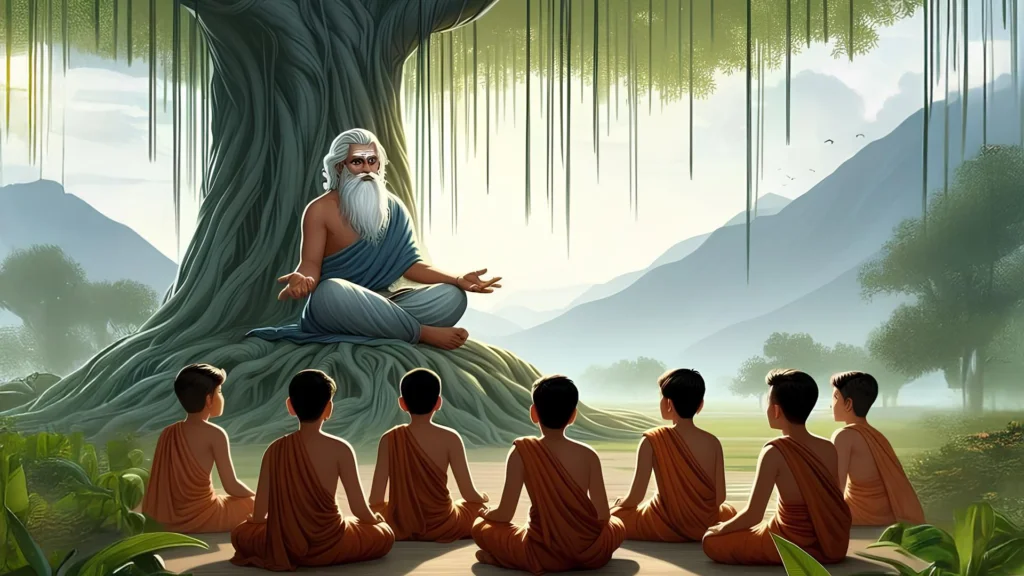
To revive this powerful tradition, platforms like Shikshanam are making Vedic knowledge accessible again. Students can now study Upanishads, Sanskrit, and Darshanas in simple language. A personality assessment helps you pick the right course, and discounts are offered during festivals like Ganga Dussehra.
Whether you're a student, professional, or entrepreneur—Shikshanam helps you grow not only financially but spiritually and emotionally too.
Conclusion: Let’s Raise Children the Gurukul Way
If you can’t send your children to a traditional Gurukul, that’s okay. But follow this ageappropriate Panchakosha guidance in your own home. From food habits to discipline, from managing emotions to building intellect, and finally leading them toward bliss and creativity—this ancient wisdom still works.
Let’s use it to raise brilliant children and a resilient India for 2050.
Share this with everyone you know! And be sure to subscribe via Google to unlock even more exclusive content for subscribers in Vibe Motive.
Jai Shri Ram!






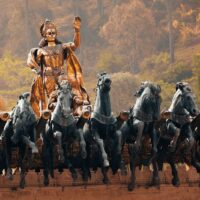








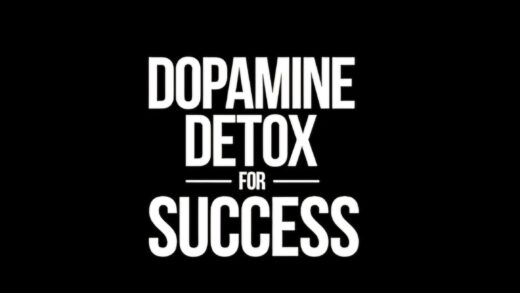


2 Responses
[…] Hinduism, we’re taught how our thoughts and intentions form our destiny. The Upanishads say “Tat tvam asi” – become one with this universe, then ask for whatever you […]
[…] after layer, your capacity grows. Hard stuff becomes your new normal. Trust the […]